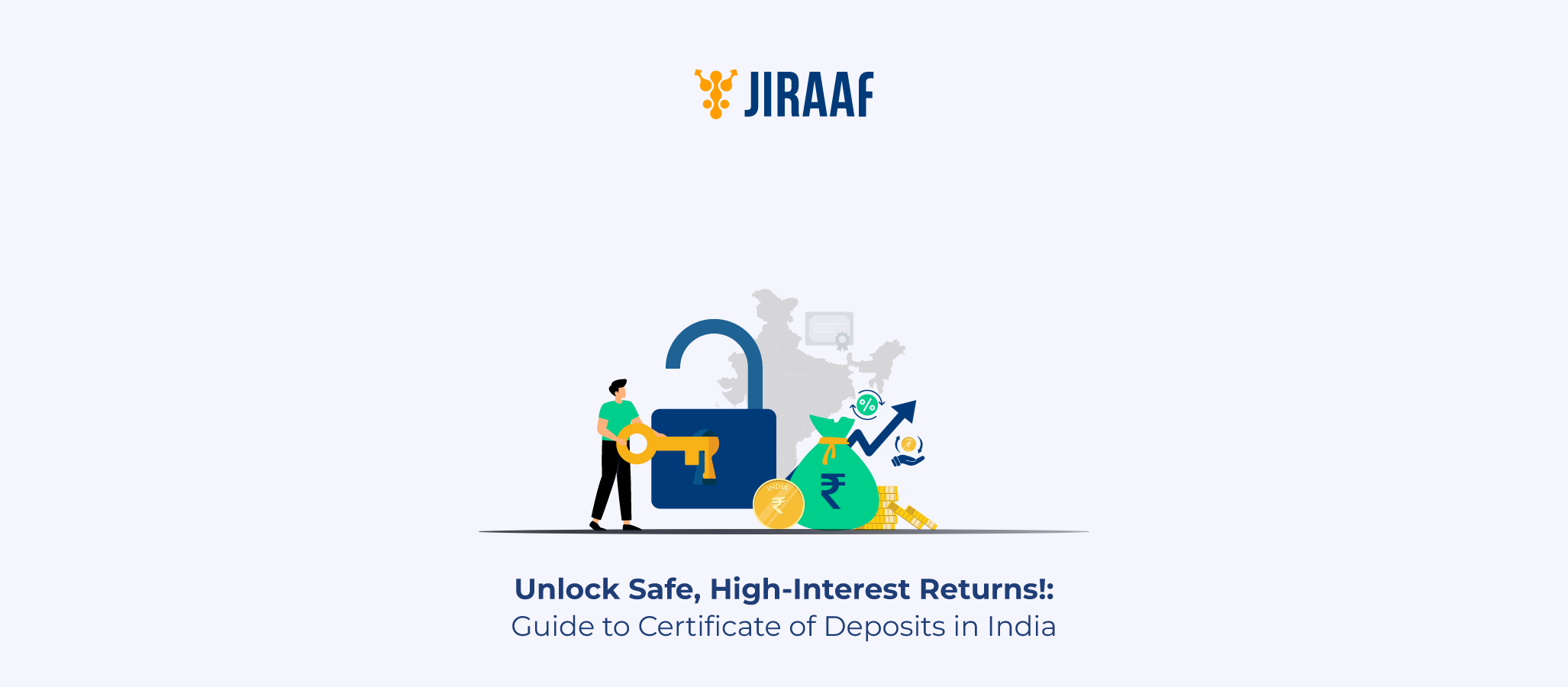The Public Provident Fund (PPF) is one of the most trusted and popular long-term savings instruments in India. Backed by the Government of India, the PPF offers guaranteed returns, tax benefits, and a disciplined way to build a retirement corpus. Whether you’re a salaried individual, a self-employed professional, or a homemaker, opening a PPF account is a smart and secure way to grow your wealth.
In this comprehensive guide, we will walk you through how to open a PPF account online and offline, eligibility criteria, required documents, account rules, and more.
What is a PPF Account and Why You Should Open One
A Public Provident Fund (PPF) account is a government-backed savings scheme introduced in 1968 under the Public Provident Fund Act. It is designed to promote savings and offer tax-saving benefits to Indian citizens.
Key Benefits of Opening a PPF Account:
- Guaranteed Returns: Interest is fixed quarterly by the Ministry of Finance (currently around 7.1% per annum)
- Tax Benefits: Falls under the EEE category (Exempt-Exempt-Exempt)
- Safe & Secure: Backed by the central government
- Flexible Investment: Minimum ₹500 to maximum ₹1.5 lakh per year
- Long-Term Wealth Creation: 15-year lock-in period with extension options
Who is Eligible to Open a PPF Account?
- Any Indian citizen (resident individual) is eligible
- Only one account per person is allowed (excluding accounts for minors)
- Minors: A parent/guardian can open a PPF account on behalf of a minor child
- NRIs: Not eligible to open a new account, but existing PPF accounts can continue till maturity
Documents Required for PPF Account Opening
Here’s a list of documents needed to open a PPF account:
- Identity Proof (Aadhaar card, PAN card, Voter ID, Passport, etc.)
- Address Proof (Utility bills, Aadhaar, Passport, etc.)
- PAN Card (mandatory as per RBI guidelines)
- Passport-size photographs
- Signature specimen
- Form A or the account opening form (for offline method)
- For minors, the parent/guardian’s KYC documents and age proof of the minor
Ensure that all documents are self-attested.
Where to Open a PPF Account: Banks vs Post Office
You can open a PPF account through either:
Post Office
- Widely accessible in rural and semi-urban areas
- Manual record keeping (some digitalization ongoing)
- Requires an in-person visit
Authorized Banks (both public and private)
- State Bank of India (SBI)
- ICICI Bank
- HDFC Bank
- Axis Bank
- Bank of Baroda
Bank accounts often come with online services like:
- Internet/mobile banking access
- Automatic fund transfers
- Account balance viewing
Verdict: For tech-savvy individuals, banks offer greater convenience, while post offices may appeal to those in rural areas or without online banking access.
How to Open a PPF Account Online – Step-by-Step
Prerequisites:
- Active savings account with the respective bank
- Net banking or mobile banking activated
- PAN and Aadhaar are linked with the bank account
Steps to Open a PPF Account Online:
Example: SBI
- Log in to SBI Internet Banking
- Go to ‘Request & Enquiries’ > ‘New PPF Account’
- Enter required details (nominee, deposit amount, etc.)
- Submit the form and verify using OTP
- The account gets opened instantly with a unique PPF account number
Repeat steps are similar across ICICI, HDFC, Axis, and other banks with slight UI variations.
Offline PPF Account Opening Process (Post Office & Bank)
If you prefer the offline route, follow these steps:
Step-by-Step (Offline):
- Visit your nearest bank branch or post office
- Ask for PPF Account Opening Form (Form A)
- Fill in the form and attach photocopies of the required documents
- Submit the form along with an initial deposit (minimum ₹500)
- Collect the passbook and account opening confirmation
Note:
- Deposit can be made in cash, cheque, or bank transfer
- First-year deposit must be made within 7 days of account opening
Important PPF Account Rules You Must Know
- Lock-in Period: 15 years from the date of opening. Can be extended in 5-year blocks
- Contribution Limit: ₹500 (minimum) to ₹1.5 lakh (maximum) per financial year
- Frequency: Up to 12 deposits per year (monthly or lump sum)
- Interest Rate: Compounded annually, credited on 31st March each year
- Tax Benefit: Contributions eligible for deduction under Section 80C
- Loan Facility: Loans can be availed from the 3rd to the 6th financial year
- Partial Withdrawals: Allowed from the 7th year onwards, up to 50% of the balance
- Premature Closure: Allowed after 5 years only in special cases like:
- Life-threatening illness
- Higher education
- Change in resident status (NRI)
Nomination:
- You can nominate one or more persons
- Nomination can be modified later
Conclusion
Opening a PPF account is a smart move for anyone looking to combine wealth creation with tax-saving. Whether you choose to open it online via a bank or offline through a post office, the process is simple and requires minimal documentation. With a long lock-in period, guaranteed returns, and EEE tax benefits, the PPF remains one of the most efficient and secure savings tools in India.
Don’t wait—open your PPF account today and take the first step toward financial security.
Frequently Asked Questions (FAQs)
Can I open a PPF account online?
Yes. Most major banks like SBI, ICICI, and HDFC offer online PPF account opening.
What are the documents required for a PPF account?
ID proof, address proof, PAN, passport photo, and signature specimen.
Is it better to open a PPF account at a bank or a post office?
Banks offer more convenience and digital features, while post offices are ideal for rural investors.
What is the minimum and maximum amount for PPF?
Minimum: ₹500/year; Maximum: ₹1.5 lakh/year
Can NRIs open a PPF account in India?
No. NRIs cannot open new accounts, but can continue existing accounts till maturity.
How long is the lock-in period for a PPF account?
15 years. Extendable in blocks of 5 years thereafter.
What is the interest rate on PPF currently?
As of Q1 FY 2025–26, it is around 7.1% p.a. (subject to quarterly revision)
Can I have more than one PPF account?
No. Only one account per person is allowed, apart from accounts opened for minors.
Discover fixed income investments with Jiraaf, a SEBI registered online bonds platform that educates and brings access to a wide array of bonds. Sign up today to explore diversified fixed income investment opportunities to support your goal-based wealth creation journey. Start investing!









